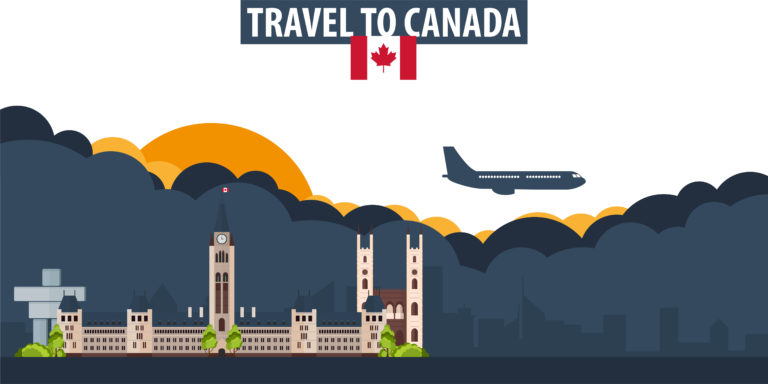Canada jobs figures showed a continued recovery after the COVID-19 pandemic, with unemployment dropping to a 20-month low of 6.7 percent in October.
Unemployment is now just one percentage point higher than the pre-pandemic level of 5.7 percent, recorded in February 2020, according to the latest Statistics Canada Labour Force Survey.
Across Canada, employment grew by 31,000 jobs during the month, spearheaded by a number of industries, including retail trade, where 72,000 jobs were added.
If you are a candidate looking for a Canada job, or an employer looking to recruit foreign talent from abroad, immigration.ca can help. Access our expertise through our in-house recruitment enterprises, www.grnmontreal.com and our newest asset, www.skilledworker.com, “the leader in foreign recruitment”.
In the core working age group of 25 to 54-year-olds, employment increased by 53,00 jobs, concentrated in full-time work.
For core-aged men, employment returned to its pre-pandemic level in October, while for women in the same age group, employment is now 98,000 higher than before COVID-19 restrictions were imposed.
The figures represent a positive picture of Canada’s recovery from COVID-19.
Read More
Tech industry association and global non-profit eye refugees for ICT jobs in Canada
Major Demand For Canada Jobs In Nursing, Manufacturing, Hospitality After COVID-19
Calling Potential New Immigrants Overseas: 10 Fastest-Growing Jobs in Canada and U.S.
What Are The Labour Force Survey Highlights?
|
Unemployment rate (%) |
6.7 |
|
Employment rate (%) |
61.0 |
|
Labour force participation rate (%) |
65.3 |
|
Number unemployed |
1,365,600 |
|
Number working |
19,162,400 |
|
Youth (15-24) unemployment rate (%) |
10.2 |
|
Men (over 25) unemployment rate (%) |
6.3 |
|
Women (over 25) unemployment rate (%) |
5.8 |
Source: Statistics Canada
Provincial Canada Jobs Picture
Provincially, Ontario, British Columbia and New Brunswick spearheaded gains, while Alberta, Manitoba and Saskatchewan saw decreases in employment levels.
Ontario added 37,000 jobs in October for its fifth consecutive month of increases. The province has gained 353,000 jobs since May for a current employment rate of 7 percent. The latest gains were concentrated in services-producing industries, focusing on retail trade.
Meanwhile, British Columbia added 10,400 jobs, although increases in full-time employment were offset by part-time decreases.
Unemployment Rates In Canada’s Provinces
|
Jobs change in last month |
Unemployment rate (%) |
|
|
British Columbia |
10,400 |
5.6 |
|
Alberta |
-9,000 |
7.6 |
|
Saskatchewan |
-6,500 |
6.2 |
|
Manitoba |
-3,100 |
5.3 |
|
Ontario |
37,000 |
7.0 |
|
Quebec |
-300 |
5.6 |
|
New Brunswick |
3,000 |
9.1 |
|
Nova Scotia |
200 |
8.3 |
|
Prince Edward Island |
400 |
9.1 |
|
Newfoundland & Labrador |
-800 |
13.9 |
|
CANADA |
31,200 |
6.7 |
Source: Statistics Canada
New Brunswick saw an increase of 3,000 jobs, concentrated in full-time work for core-aged men, aged 25 to 54. The province has an unemployment rate of 9.1 percent.
Of all the provinces, the lowest unemployment rates are seen in Manitoba (5.3 percent), British Columbia and Quebec (both 5.6 per cent).
Quebec City’s unemployment rate of3.8 percent is the lowest of all the Census Metropolitan Areas. The region has seen “continued year-over-year employment growth in professional, scientific and technical services and, more recently, in other services-producing industries,” according to Statistics Canada.
Canada Jobs By Industry
Two key industries saw important gains in October: retail trade and information, culture and recreation.
Retail trade added 72,000 jobs during the month, with employment returning to pre-pandemic levels for the first time since March 2021.
The mainly full-time gains were concentrated in Ontario and British Columbia.
Information, culture and recreation saw a third consecutive monthly rise, adding 15,000 jobs in October. “The upward trend … coincides with the loosening of capacity limits on recreational facilities, as well as sporting and cultural events, during the summer,” the Statistics Canada reports said.



